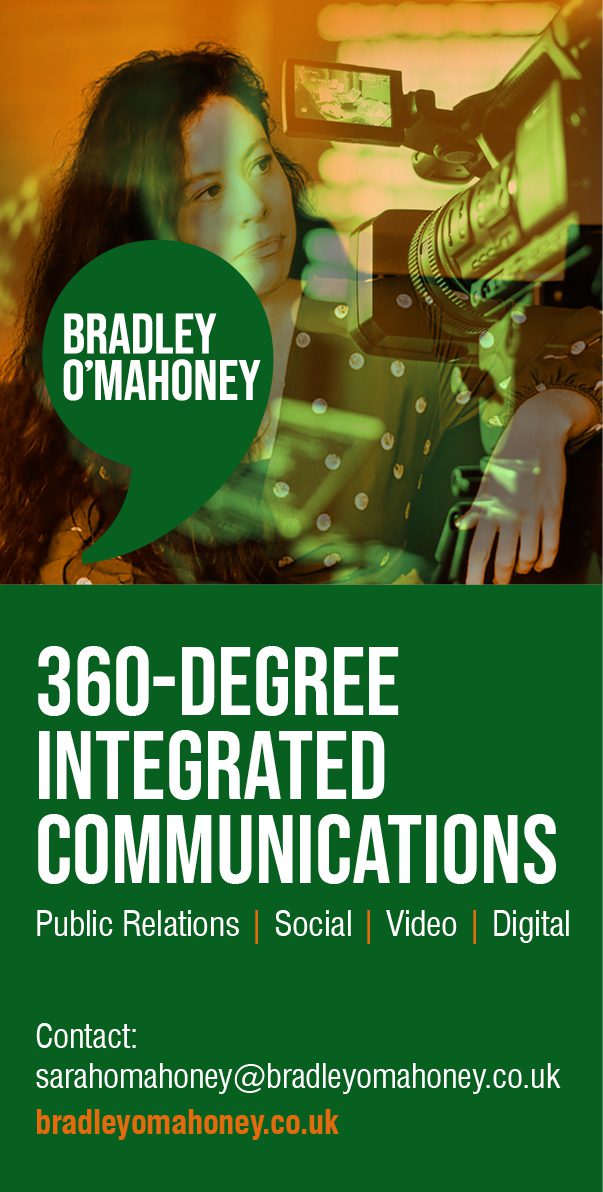Change is always around us. In our personal lives and in our business lives. Sometimes we embrace it, but a lot of the time it is natural to deny the need, resist it or avoid it. And then there are those that create it because they love the chaos it can bring.
There are also different grades of change ranging from incremental changes through to fundamental changes. Incremental changes happen in small steps and are things as simple as continuous improvement, sometimes we are not even aware they are happening! Next is tactical change, which are the things that are needed to improve performance in the short or mid term.
Strategic change, which this article is going to focus on, is also known as transformational change. This incorporates significant organisational changes, business development and process changes, all of which are long term and strategic in nature with the aim of increasing the business value. They can even encompass a pivot, which is a fundamental change in the purpose or primary focus of what the organisation is doing.
Andrew Marsh, Vistage Chair, runs a number of cohorts in the North East and Northumberland. As well as members days when the cohorts focus on learning and supporting each other, discussing challenges, there are regular speaker days.
The most recent speaker, who focused the groups on managing strategic change, was Business Psychologist, Sue Firth. In the session, it was clear that no matter what the process and level of strategic change an organisation is going through the steps to take are the same.
Any resistance to this change process from the team is there because the word change is grounded in fear. Sue’s first piece of advice is to use another term such as improvement or modification, which keeps people in their comfort zone. Everyone is different, and everyone has experienced change that hasn’t worked or lead to mistakes. Andrew said:
“Mistakes in strategic change can be changing too much, poor communication, creating instability, getting timings wrong, not leaving space to account for adaptation but fundamentally making it hard for people to act. Sue worked with my Vistage groups on a model on how take an organisation from A (today’s position) to C (where do we need to be) implementing strategic change with the team onboard.”
The A to C model is designed to not scare a team, but to motivate them. It is a tool that maps out a journey, starting with why can’t we stay at A, what needs to improve, what is not for changing, where the organisation is now and how far has the team come already? Sue said:
“The next step is then to describe C and what it looks like and how it will feel, and how via B we will get there. This includes repeating why we can’t stay at A, what is in it for the team and where we need to get to and why. The real trick is to create a first step known as B. B steps should be bitesize and scattered with thanks and encouragement to the team, along with reminders of why we can’t stay at A and need to be at C. This should become your mantra – repeating the process until we arrive at C.”
Andrew agrees with Sue in reminding people that the key is in how we empower, communicate, lead (not manage), measure and adapt together. Bringing in positive steps to Equality, Diversity and Inclusion are generally embraced so are good to bring in or review alongside any other strategic change as discussed in Andrew’s previous Northern Insight articles. It also good to apply a form of coaching with your team, as coaching is an advanced form of communication that should be applied throughout all levels of managing people, but especially by leaders. It is different to mentoring in that you are helping people find their own answers, rather than giving them the tips on what to do, so they feel empowered at a time of change.
This ties in with Sue’s view on helping the three types of personalities – the balanced people need different support to those who internalise experience, and again for those who have expressive, external needs during times of change. She concluded:
“Understanding these different personality types in your team and their needs will help you identify what they require during these types of change. With this knowledge you can use the A to C tool, with a solid vision and plan.”
In a previous Vistage meeting, Daniel Pink’s Chairworld video was shared with the attendees. He reinforces this approach to strategic change with the opinion that people may get the vision BUT unless you fundamentally make it easy for people to act, then that vision may not manifest. His motivation theory is all about autonomy where employees are expected to comply with what they are asked to do. According to Pink, giving employees autonomy ensures that they are more involved in what they do especially if they include time, technique, team, and task.
If you want access to speakers like Sue or Daniel and are interested in joining Vistage, then get in touch with Andrew, andrew.marsh@vistagechair.co.uk

